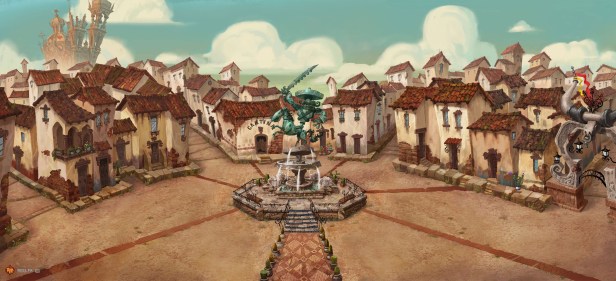
Throughout my twenty-plus years of genealogical research, I’ve learned a lot about my ancestors. From confirming (or dispelling) family legends to uncovering surprising facts and details; from marathon days spent hunched over microfilm and microfiche machines in dark and musty library basements to all-nighters down the on-line rabbit hole, sifting through digitized documents, each new research session has yielded endless possibilities.
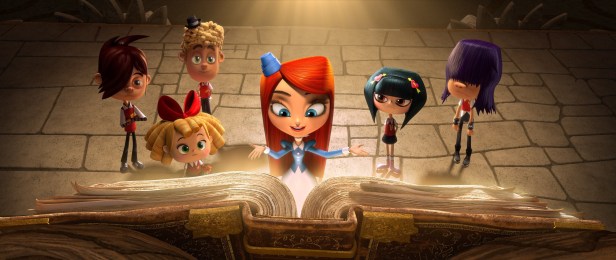
I’m pretty sure my genetic makeup doesn’t contain a single drop of Hispanic blood. However, the fact remains that this gringa has spent the majority of her life geographically close to Mexico. I’ve called central and south Texas home for the majority of my forty years, and as such, I’ve participated in my fair share of festivities celebrating Dia de los Muertos.
In high school and college, Spanish classes always included Day of the Dead educational activities, especially in San Antonio. There was always something one could participate in—or at least watch. Some of the celebrations are rooted in pagan religious rituals derived from the Aztecs that morphed into Mexican Catholic All Soul’s Day observances. Today, Day of the Dead festivities are more cultural than religious. Families adorn the gravesites of their loved ones with fragrant marigolds, colorful papel picados, and elaborate decorations. They make sugar skulls, and pan de muerto and other traditional sweet baked goods. The marigold fragrance and candles were said to guide the way for the spirits to return to their loved ones.

These celebrations are fantastic, especially for an avid genealogical researcher such as myself. A three-day celebration of family, story telling, and remembering—it’s such a fun way to reminisce about those who have passed on as a way to keep their memory alive. It’s not morbid and sad. It is a celebration of life and family.
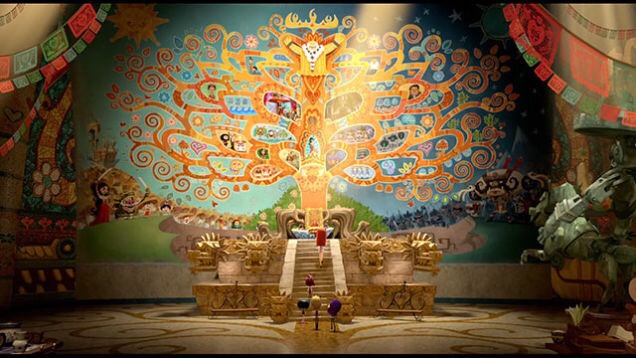
This weekend, I watched the 2014 animated movie The Book of Life with my kids. Without getting into too many story details, there was one sub plot that drew me in and fascinated me until the end. In the movie, a museum director explains to a group of children that “The Book of Life” contains every story of every person who had ever lived (and is still living) in the world.

When someone dies, he or she goes to the Cave of Souls where the Candle Maker, a benevolent spirit who links the Land of the Remembered and the Land of the Forgotten, keeps a record of the stories of all the lives that have been lived. If a person has made an impact on the world and is remembered with love, he or she gains admission to this colorful, non-stop fiesta filled with all you can eat churros.

However, On the other hand, the land of the Forgotten is a drab, colorless, and unhappy place where those who have been forgotten by the living spend eternity.
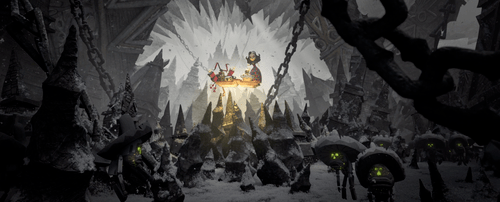
According to Book of Life director Jorge R. Gutierrez, “(Day of the Dead is) more than a holiday; it’s a philosophy. The core belief behind (the holiday) is that as long as you remember those who came before you, and as long as you tell their stories, cook their dishes, and sing their songs — they’re with you. They live inside your heart.”

I started to think about my genealogical research in this context, and I imagined that everyone in each of our family trees was once a newly departed person, their memory fresh on the minds and in the hearts of their loved ones. There was a day when stories about them were told almost every day, and tears were still fairly fresh. These departed relatives and loved ones were celebrating in the Land of the Remembered—their afterlives filled with color and music.
But as time passed, they slowly migrated towards the Land of the Forgotten. As the days turned to weeks, the weeks turned to months, the months to years, and the years to decades and more decades, memories began to fade, and those who remembered passed on too.

Eventually, the years became so many that the names on the headstones weathered and faded and no one on earth remembered who they were. Their stories faded into the pages of history or were destroyed, generations moved forward with life and work and technology and eventually, whole generations came to be in this drab, colorless afterworld—forgotten by the living world. It wasn’t that they were intentionally forgotten, it’s just that if no one tells their stories and sings their songs and cooks their dishes, they slowly fade until they are gone.
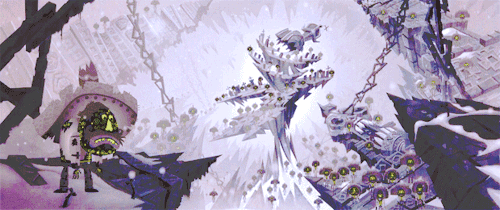
I like to think of this blog—and the book that I hope will someday come of it—as a bridge from the Land of the Forgotten to the Land of the Remembered. I like to think that by researching my ancestors and telling their stories and sharing them with the world, that they’ll be remembered. By telling their stories, they can always remain in the Land of the Remembered, enjoying a non stop fiesta of all-you-can-eat churros. I like to think that giving them this beautiful bridge to cross, they can watch over us all—these descendants that they had a part in creating—and know that their legacy lives on in us. I want them to be more than just names and dates etched in marble or brass. I want the legacy of who they actually were documented—and who they actually were is so much more than names and dates etched in stone and metal.
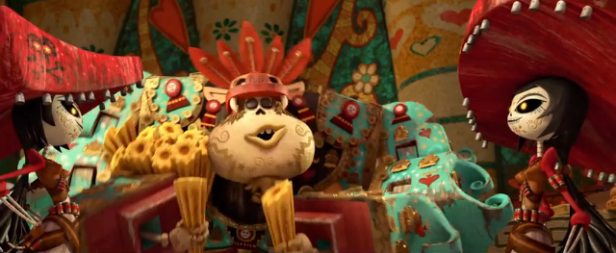
Life. It is beautiful. It’s fleeting. It’s short. And what we do today has an effect on those who will come after us. Though we may not see our experiences and accomplishments as important right now, someday—someday—our great great great grandchildren will want to read stories in “The Book of Life” about us, and feel the same pride and admiration as we do while reading about the experiences and accomplishments of our great great great grandparents.
I’m not quite sure how my great grandfather would feel about my kids and me showing up at the mausoleum where he is interred with decorations, a picnic of his favorite foods, music, lawn chairs, blankets, some candles and marigolds, a bottle of fine scotch, and maybe an ofrenda of some golf balls or hunting rifle shells, but I would hope that he might appreciate the love and the sentimentality of it. I would hope that he would look down, have a laugh and a drink with us (and maybe a churro or two!), and enjoy the fact that we thought about him with love and affection—and that we want to make sure that he is remembered now—and throughout eternity.

“Go write your own stories.” –The Candle Maker
All images are movie stills from Book of Life, © 2014, 20th Century Fox Animation

I LOVE! this post. And I am writing my own story. Also for the purpose of not letting my father be in the Land of the Forgotten. Thanks for this post.
LikeLiked by 1 person
I am SO excited that you are writing it!!!! We need to keep our ancestors in the Land of the Remembered, AND they need to be able to enjoy all you can eat churros for all eternity!!!
LikeLiked by 1 person
I must be the only person of my acquaintance who remembers this, but when I was in first thru sixth grades here in California, we were taught certain Hispanic words and we had to memorize uno, duo, tre, , etc, totally comes in handy, and today on Thursdays, there is a Churro truck on Chatsworth Blvd. Woo Hoo!
LikeLike
My favorite part about Costco…. Churros!
LikeLiked by 1 person